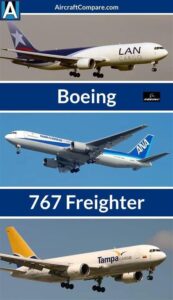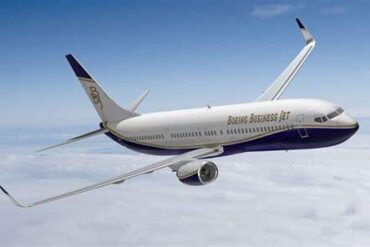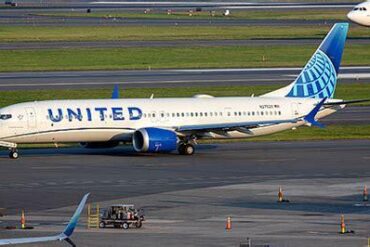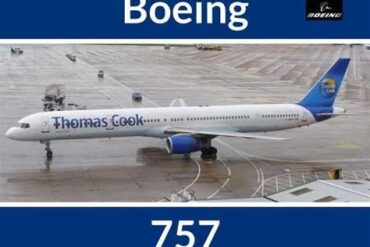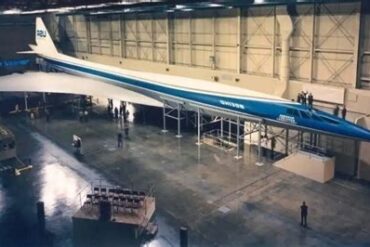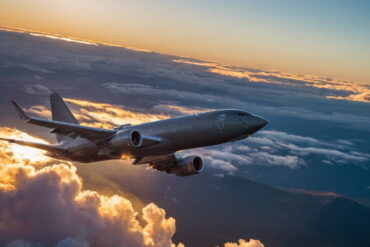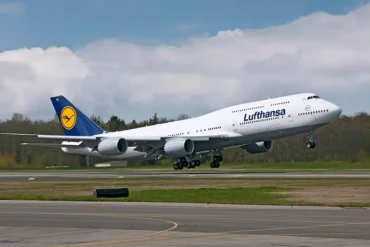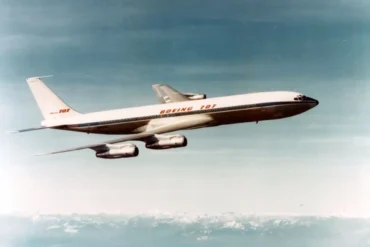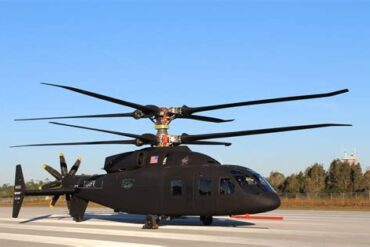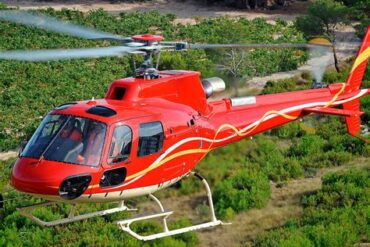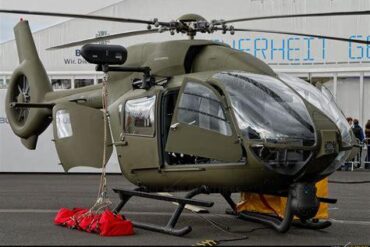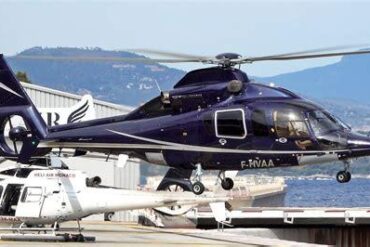The Boeing 767 is a wide-body twin-engine jet that has been a staple in commercial aviation since its introduction in the early 1980s. As airlines continue to evaluate their fleets for efficiency, understanding the price and operating costs of the Boeing 767 becomes essential for making informed purchasing decisions. In this comprehensive article, we will explore various aspects of the Boeing 767, including its initial purchase price, operating expenses, maintenance costs, and factors influencing these costs.
Initial Purchase Price of the Boeing 767
When considering the acquisition of a Boeing 767, it is crucial to recognize that the purchase price can vary significantly based on several factors, including the specific model, age of the aircraft, and market demand. As of 2023, the estimated price range for a new Boeing 767-300ER is approximately $200 million to $250 million. However, the price for used aircraft can be considerably lower, typically ranging from $25 million to $80 million, depending on the aircraft’s condition and maintenance history.
Factors Influencing Purchase Price
-
Model Variants: The Boeing 767 comes in several variants, including the 767-200, 767-300, and 767-400ER. Each model offers different capacities and ranges, which can influence pricing.
-
Age and Condition: Newer aircraft naturally command higher prices. A well-maintained used aircraft with a robust service history may also fetch a premium.
-
Market Demand: The aviation market fluctuates based on economic conditions, leading to variations in demand for specific aircraft models. A high demand for the Boeing 767 can elevate its price.
-
Customization Options: Airlines often customize their aircraft interiors and systems, which can increase the overall cost. Features such as enhanced seating configurations, advanced in-flight entertainment systems, and upgraded avionics can contribute to the final price.
Operating Costs of the Boeing 767
Understanding the operating costs associated with the Boeing 767 is vital for airlines aiming to optimize their fleet’s profitability. Operating costs can be broken down into several categories, including fuel, maintenance, crew salaries, insurance, and airport fees.
1. Fuel Costs
Fuel expenses are one of the most significant operating costs for any airline, and the Boeing 767 is no exception. The aircraft’s fuel consumption varies based on the model and flight profile. On average, the Boeing 767-300ER consumes about 6,000 to 7,000 pounds of fuel per hour during cruise flight. Given the average fuel price of $3.00 per gallon, airlines can expect to spend approximately $2,500 to $3,000 on fuel per flight hour, translating to around $1,000,000 to $1,500,000 annually based on typical utilization.
2. Maintenance Costs
Maintenance is another critical component of operating costs. The Boeing 767 requires regular inspections, routine maintenance, and occasional repairs to ensure safe and efficient operation. The annual maintenance costs can range from $600,000 to $1,200,000, depending on the aircraft’s age, condition, and flight hours. Key maintenance activities include:
-
A-Checks: These are light maintenance checks performed every 500 to 800 flight hours, costing around $50,000 to $100,000 each.
-
C-Checks: More extensive checks that occur approximately every 18 months or 4,500 flight hours can cost between $1 million and $2 million.
-
Engine Maintenance: Engine overhauls and replacements can add significantly to costs, often exceeding $5 million per engine.
3. Crew Salaries
The cost of flight crew salaries constitutes another substantial portion of operating expenses. Typically, airlines employ a captain and first officer for each flight. The average salary for a Boeing 767 captain ranges from $120,000 to $200,000 annually, while first officers earn between $70,000 and $130,000. Additionally, airlines must account for benefits, training, and other personnel-related expenses, which can add 30% to 50% to the base salary costs.
4. Insurance Costs
Aircraft insurance is an essential expense for airlines operating the Boeing 767. Insurance premiums vary based on the aircraft’s value, usage, and the airline’s safety record. For a Boeing 767, annual insurance costs can range from $150,000 to $300,000.
5. Airport Fees
Airlines must also consider airport fees, which can vary by location and airport type. Fees typically include landing fees, terminal rental, and gate usage fees. These charges can amount to $10,000 to $30,000 per flight, depending on the airport. Frequent operations at busy airports can lead to higher cumulative costs.
Total Operating Costs
When aggregating these costs, the total operating expenses for a Boeing 767 can reach approximately $3 million to $5 million annually per aircraft, depending on operational frequency and route structure. This estimate includes fuel, maintenance, crew salaries, insurance, and airport fees, providing airlines with a clear picture of the financial commitment involved in operating this aircraft.
Comparative Analysis with Other Aircraft
To better understand the Boeing 767’s position in the market, we can compare its operating costs with those of similar aircraft, such as the Airbus A330 and the Boeing 777. While the Boeing 767 is known for its fuel efficiency and lower operating costs compared to older aircraft, it may not be as economical as newer models.
1. Airbus A330
The Airbus A330, a direct competitor to the Boeing 767, generally has higher operating costs due to its larger size and passenger capacity. However, the A330 offers advanced aerodynamics and engine technology, contributing to improved fuel efficiency on long-haul routes. Operating costs for the A330 may range from $4 million to $6 million annually, depending on model and usage.
2. Boeing 777
The Boeing 777 is another prominent player in the wide-body market, renowned for its range and passenger capacity. However, the operating costs of the Boeing 777 can be higher than those of the Boeing 767, primarily due to its larger size and advanced systems. Operating costs for a Boeing 777 typically range from $5 million to $8 million annually.
Conclusion: Assessing Value and Efficiency
In conclusion, the Boeing 767 remains a compelling choice for airlines seeking a balance between capacity, range, and operational efficiency. While the initial purchase price for new aircraft is substantial, the operating costs provide a clearer insight into the long-term financial implications of ownership. With an estimated annual operating cost of $3 million to $5 million, the Boeing 767 offers competitive advantages, especially for medium to long-haul routes.
Ultimately, when evaluating the Boeing 767 against other aircraft, airlines must consider their specific operational needs, route structures, and market conditions to determine the best fit for their fleet. By understanding the price and operating costs associated with the Boeing 767, airlines can make more informed decisions that align with their financial goals and operational strategies.
